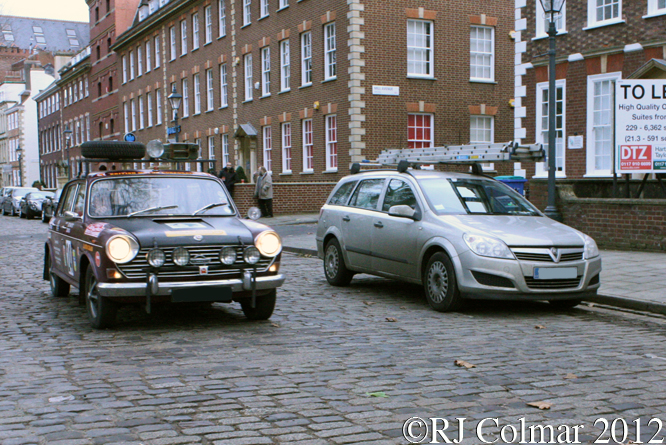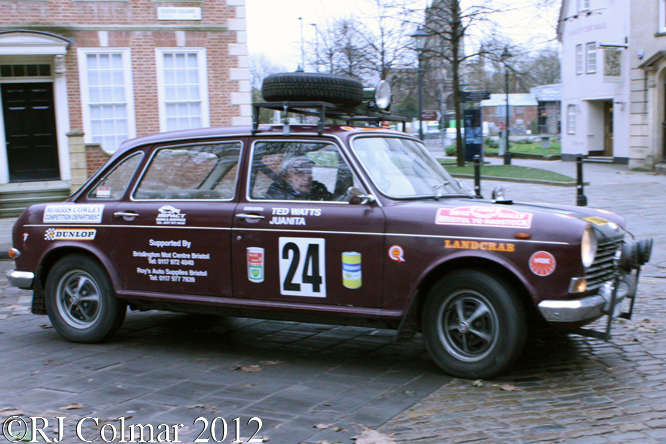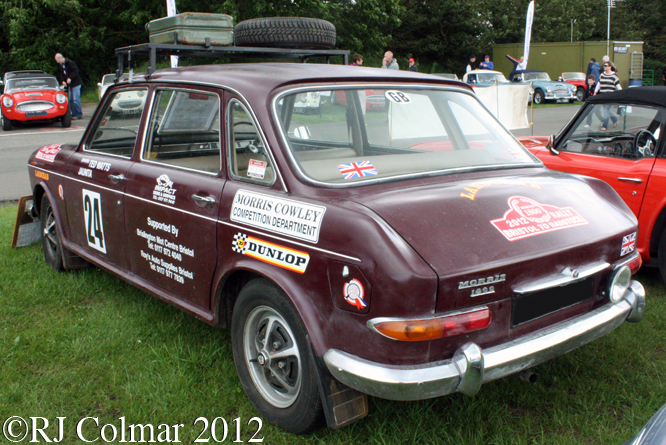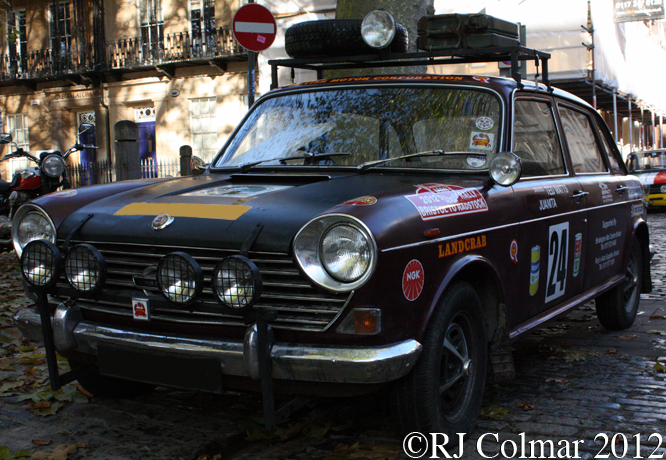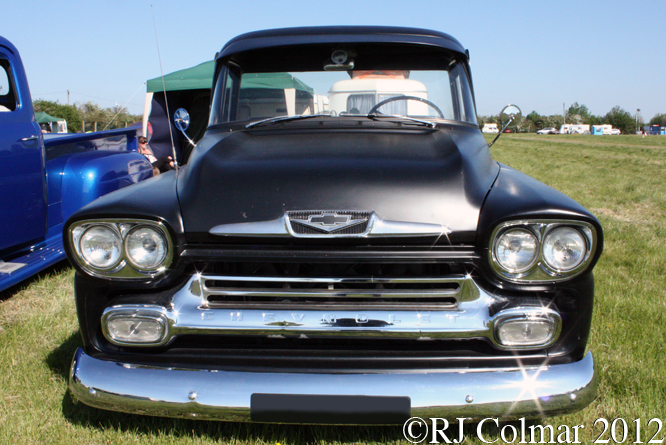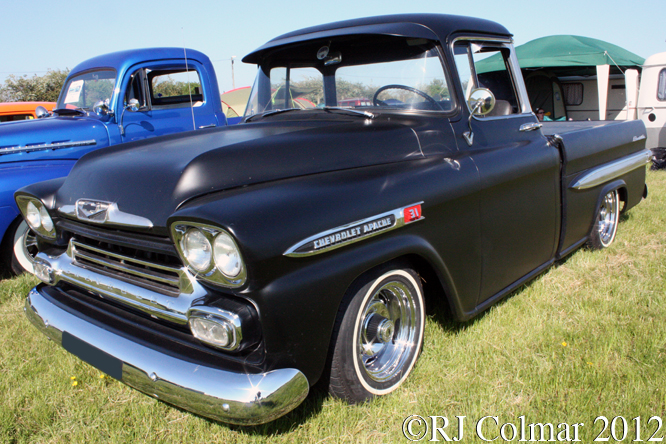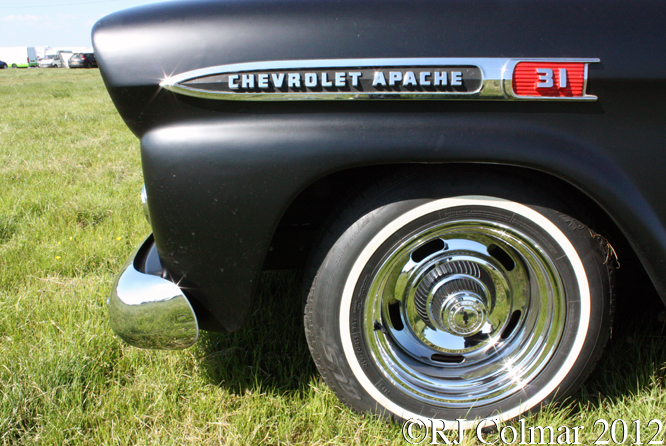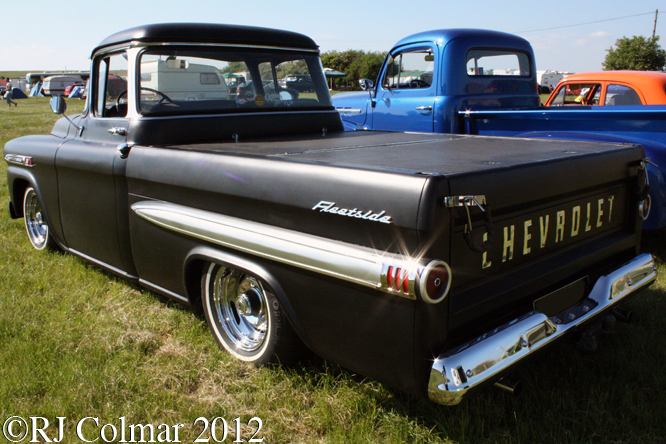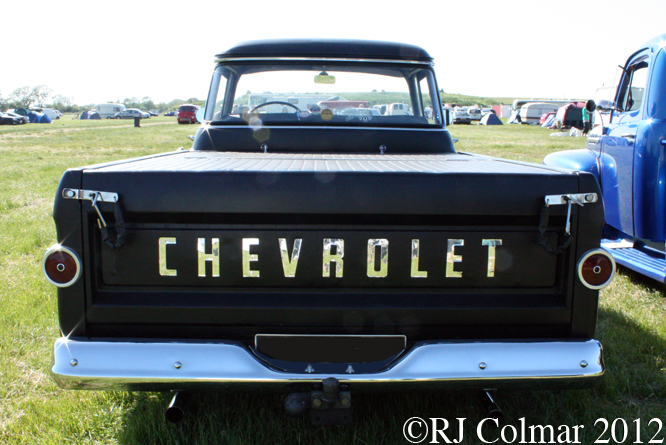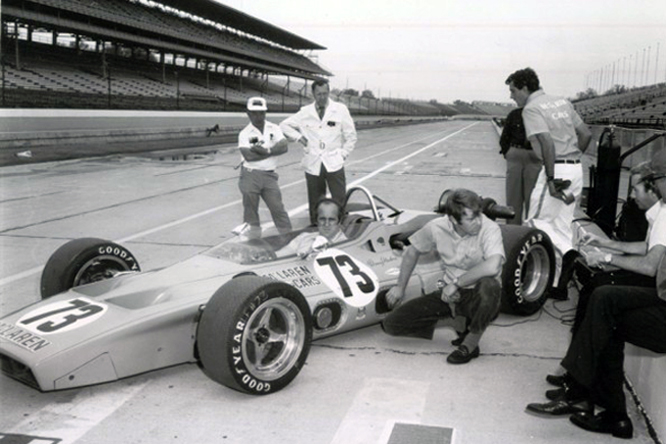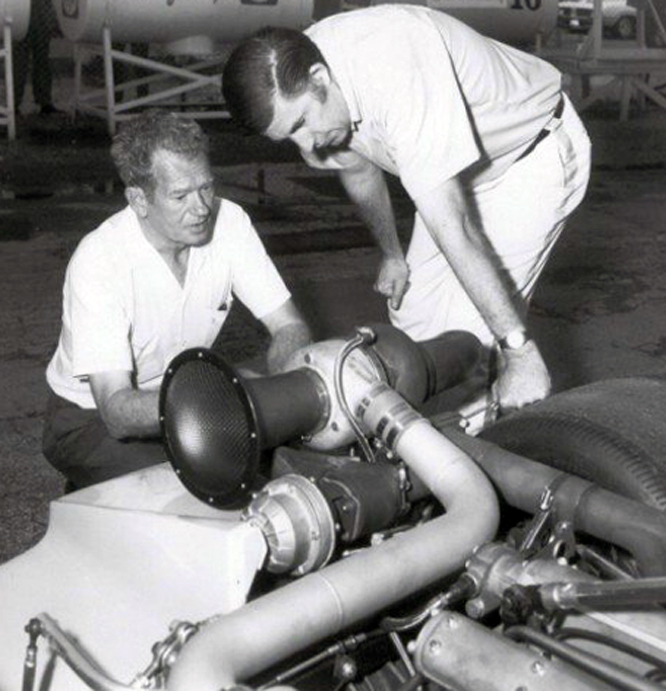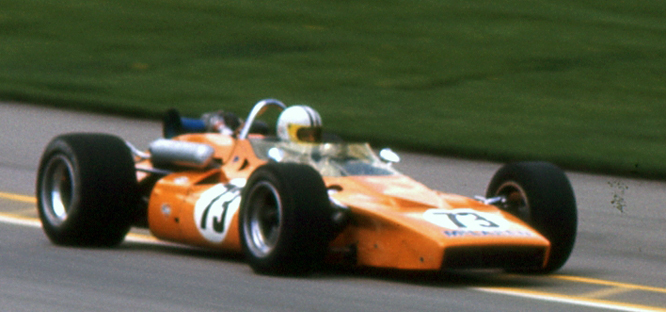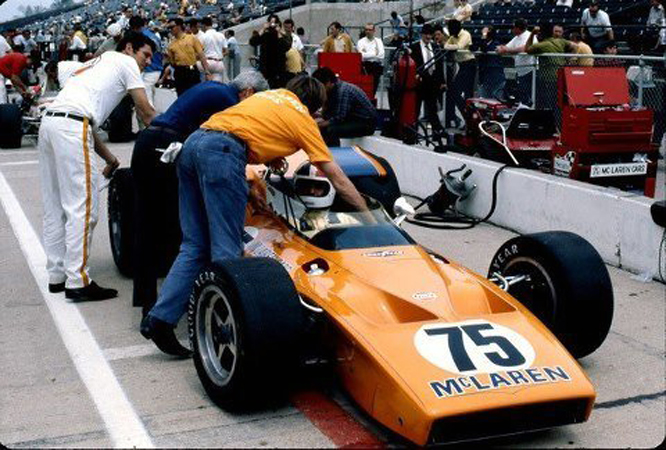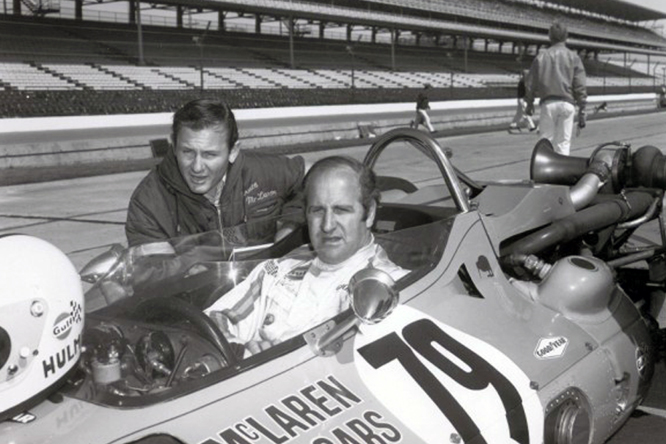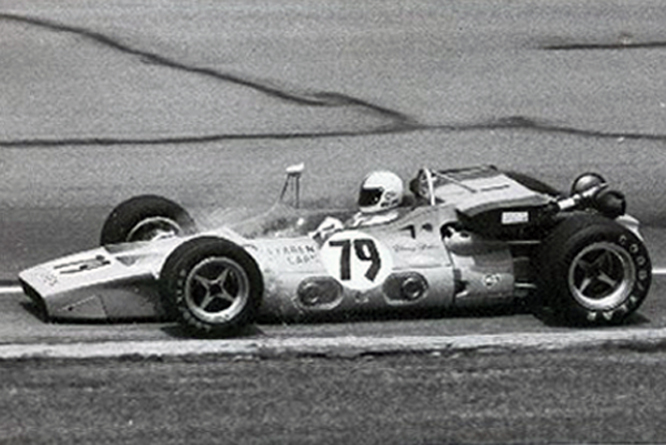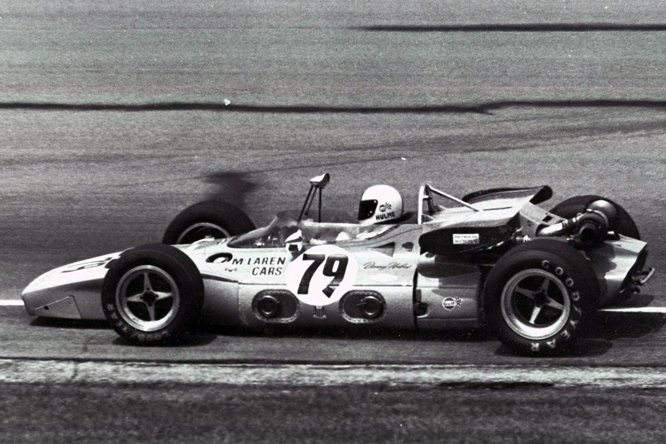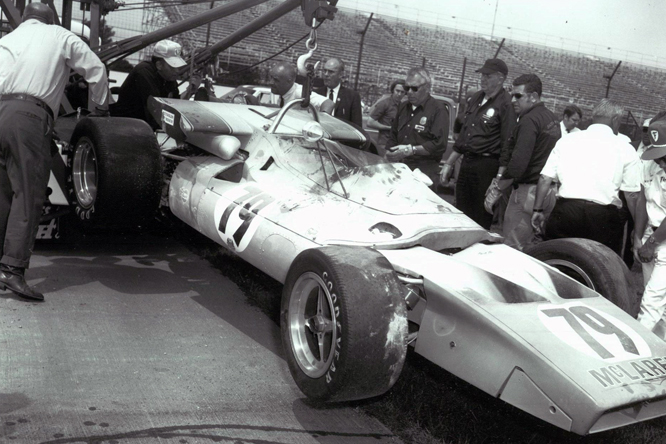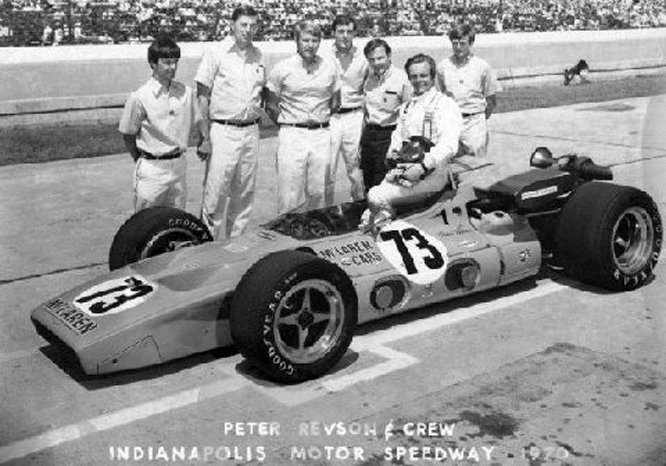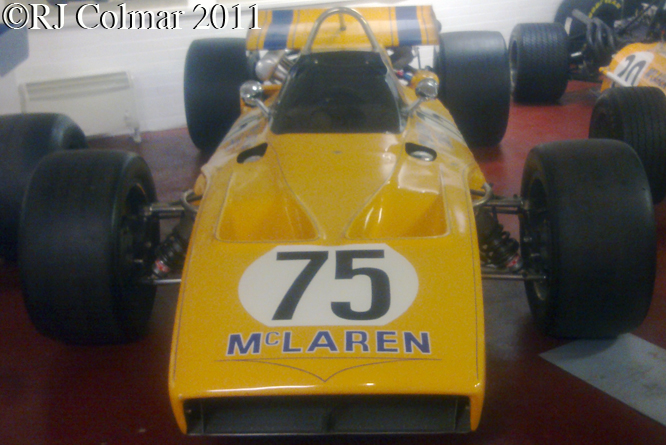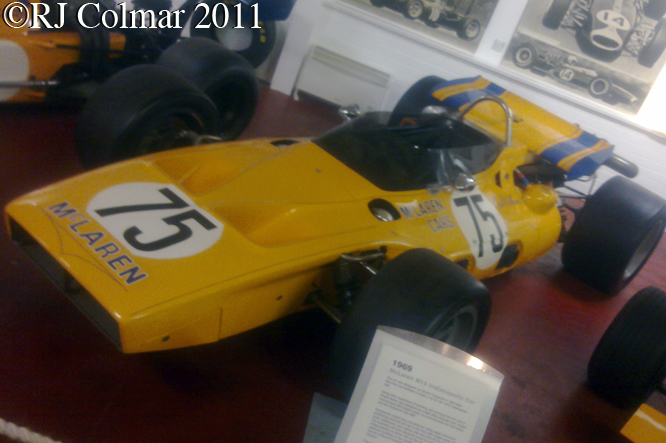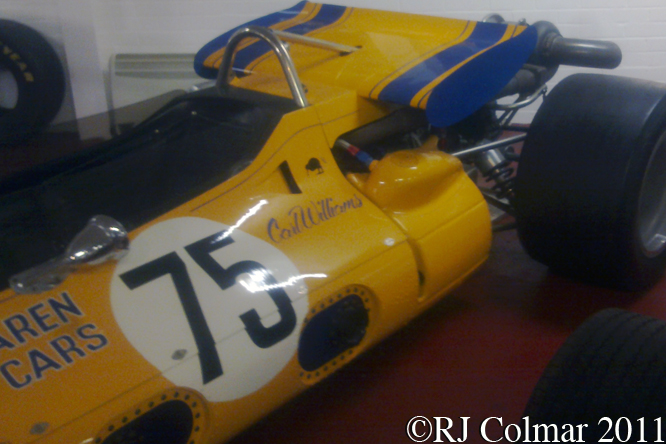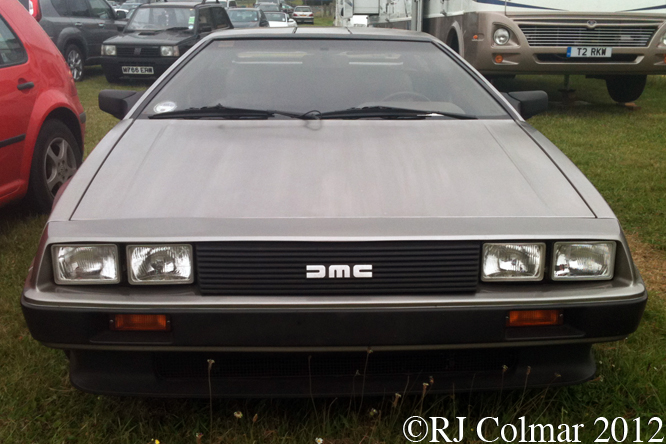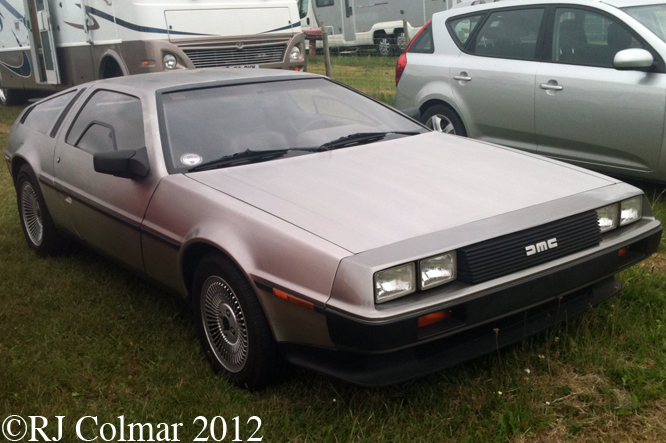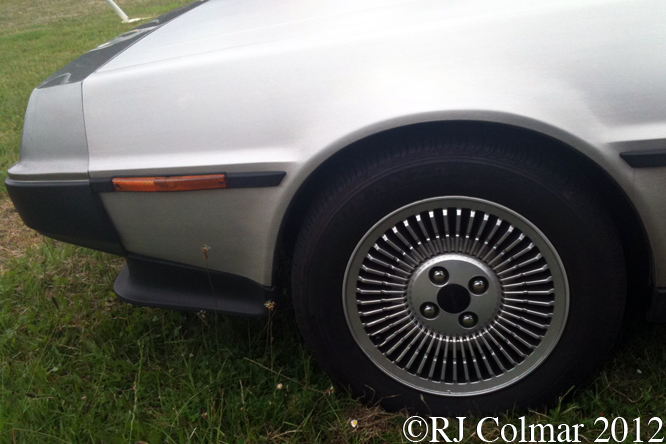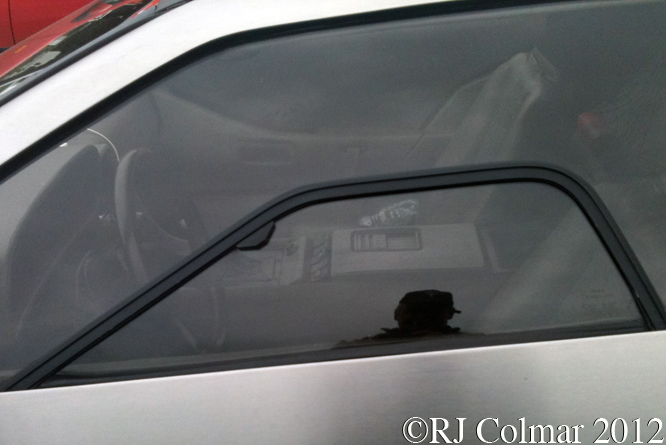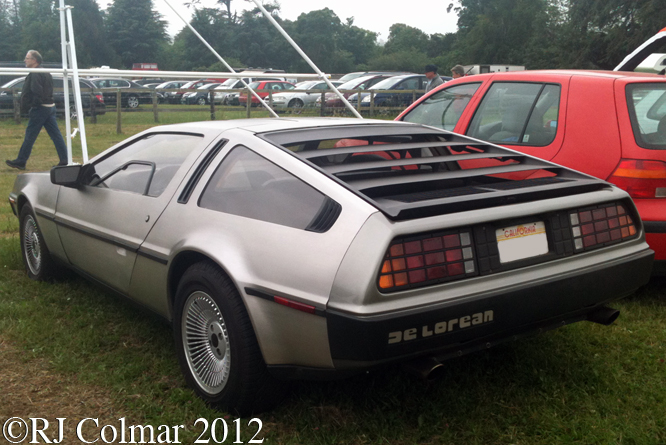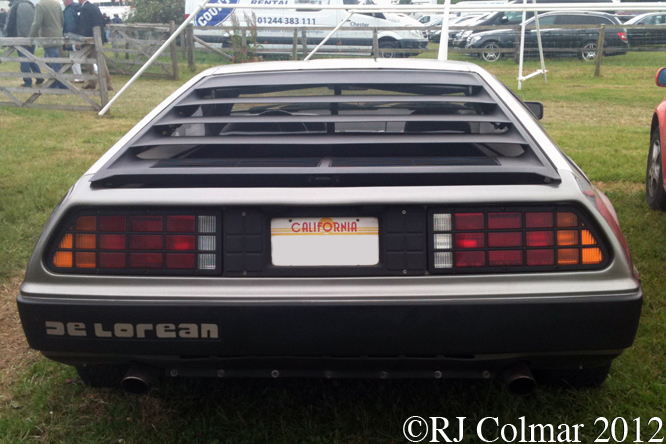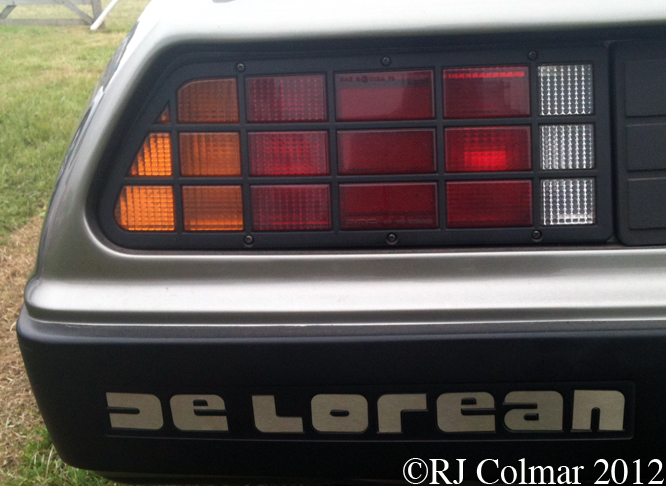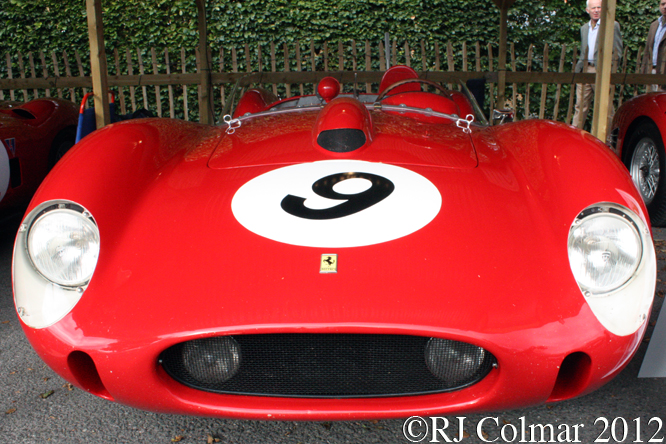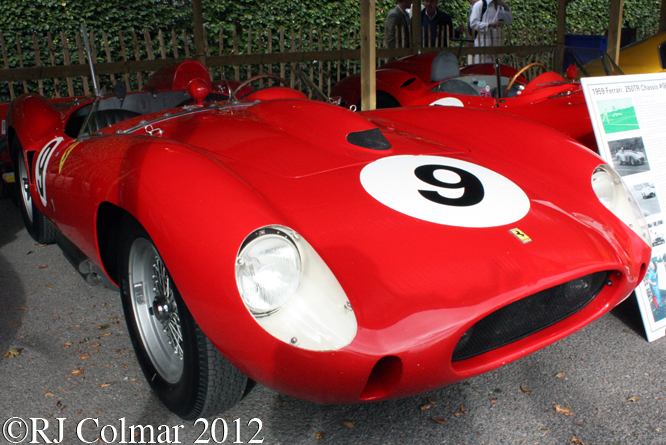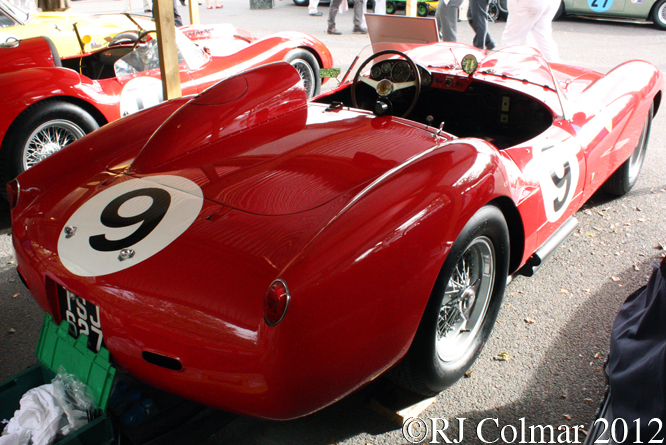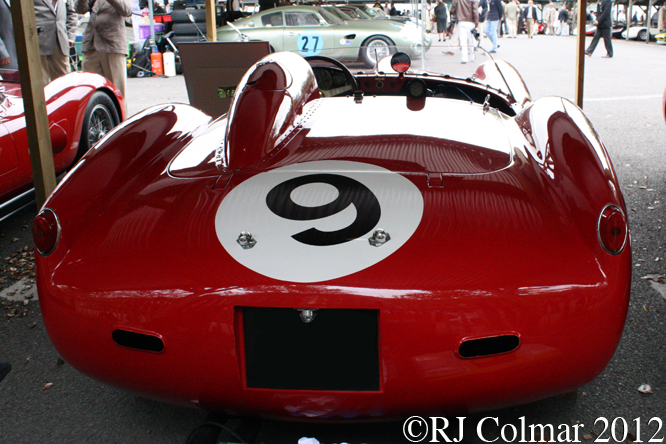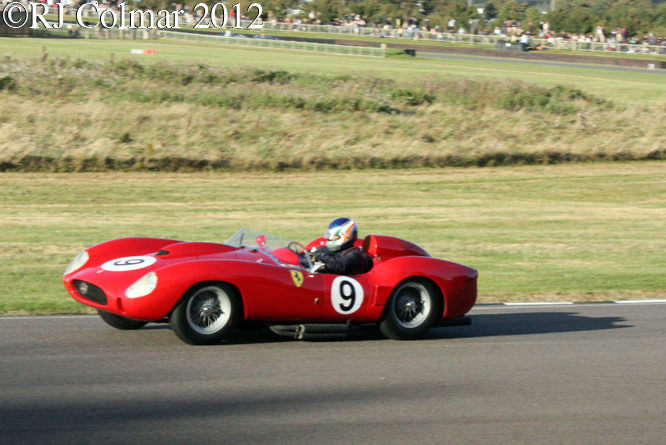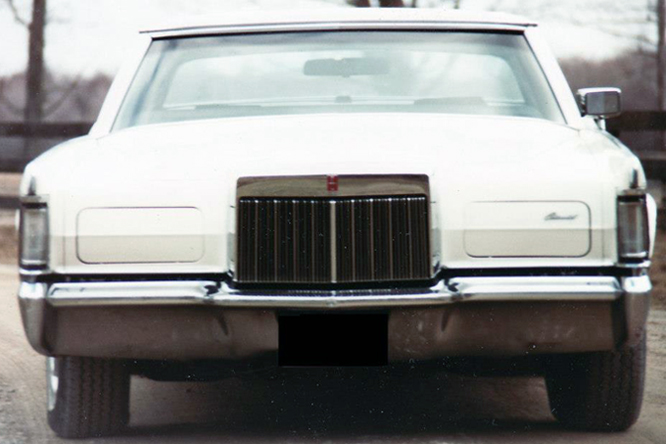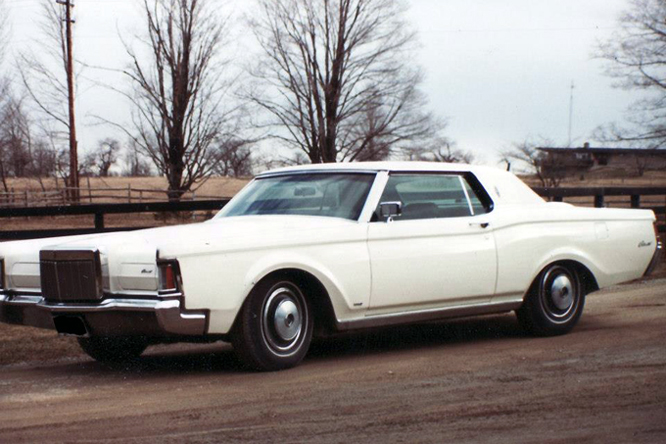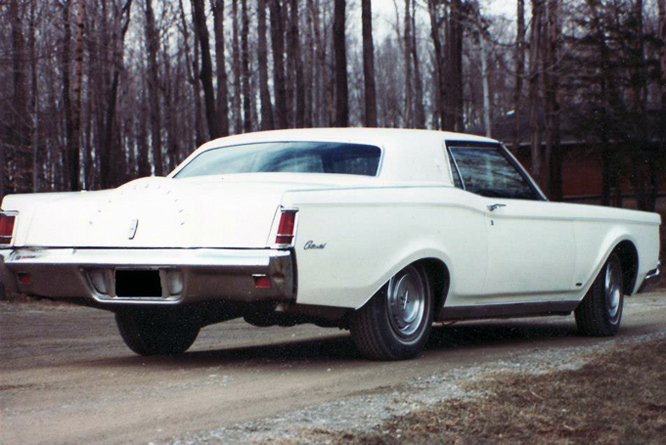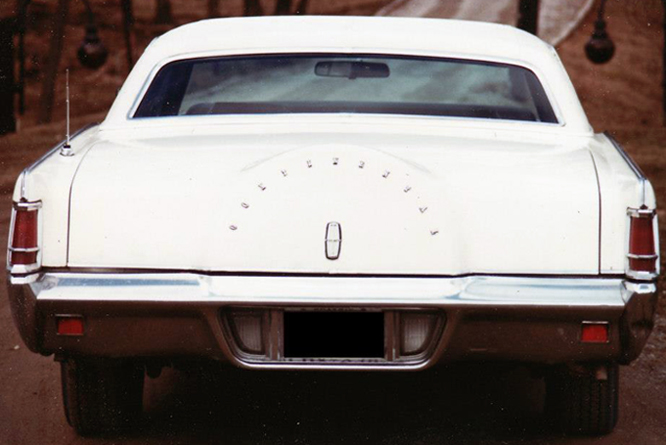Thanks to catching a break with my car insurance last week I found I had just enough petrol in the tank and cash in my pocket to take a 2 hour drive to go and see the 6 Hours of Silverstone World Endurance Championship Sports Car race.
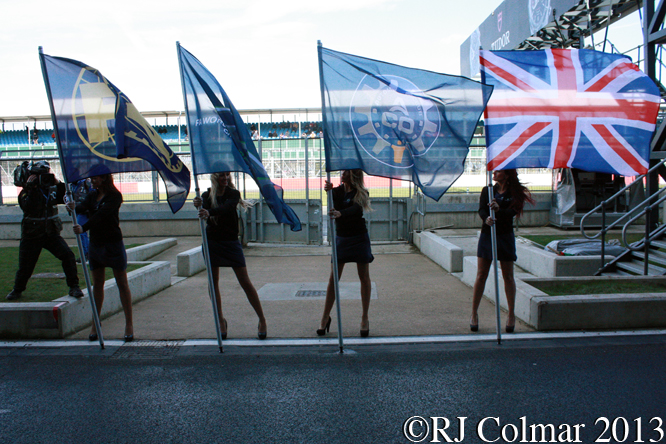
Recently there has been a lot of debate about the possibility of a female ever winning the World Championship, 33 years ago I remember seeing Desiré Wilson co drive her de Cadenet Ford to victory in the Silverstone 6 hour race with Alain de Cadenet and the top line cars have not become anymore physically demanding since. So it was a tad disappointing to see the sports governing body the FIA setting a bad example of equality by sanctioning the use of so many females as eye candy with out giving the ladies in the audience something corresponding to look at, such a move might just make the sport a little more appealing across the board.

First race of the day was the third and final Formula 3 race of the weekend, that forms part of the FIA European Formula 3 Championship. Starting on a slippery track it was not long before six competitors fell off requiring the use of the pace car to clear up some of the mess. Felix Rosenqvist was leading from a third place on the grid, in the #6 Mucke Motorsport Dallara-Mercedes, when the action resumed but Raffaele Marciello driving the #1 Prema Powerteam Dallara-Merc who was the man on the move having out braked his team mate and pole sitter Alex Lynn going into Club after the Safety Car was withdrawn and then chased down Rosenqvist and over taking him on the outside of Stowe. Full results for all three FIA Formula 3 races can be found on this link. Ferrari protege Marciello leads the new championship from Rosenqvist, Harry Tincknell, and third place finisher Lynn, the next round is at Hockenheim on May 4th.
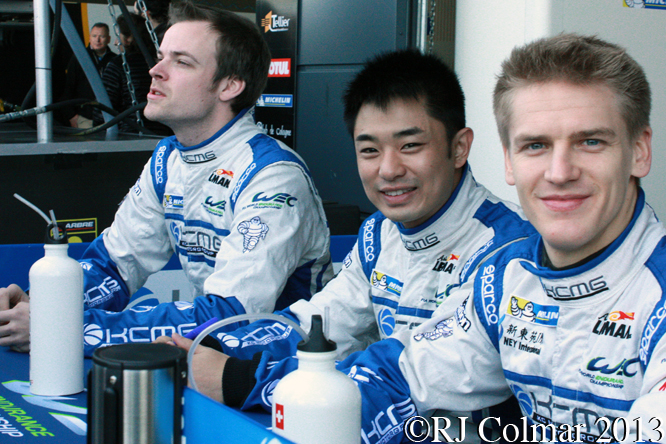
After the Formula 3 race it was time to go on the pits walk about where many of the drivers were busy signing autographs that is all except KCMG Motorsports trio (left to right) Matthew Howson, Jim Ka To and Alexander Imperrori who had no giveaways to sign, they were however armed with their own pens and they kindly signed my programme before going on to finish the race 12th overall, 6th in class from a 25th place start in their #47 Morgan Nissan.
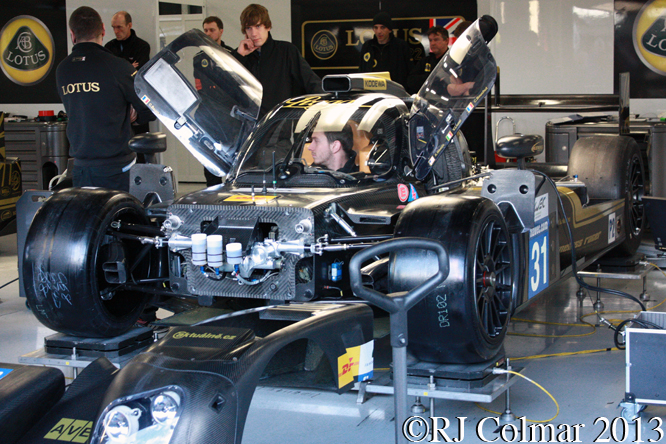
Not for the first time two Lotus share the same Type Number, the original Lotus T128 was a Renault powered 2011 Formula One car built by what is now called the Caterham Formula One team while seen in the pits above is the new Type 128 a LMP 2 Endurance racer running with a Judd V8 motor that carries the name plate of the Czechoslovakian kart manufacturer Praga. The #31 Lotus Praga T128 scheduled to be driven by Kevin Weeda, Vitantonio Liuzzi and Christophe Bouchut completed the least number of laps, 44, and was classified 31st and last, while the sister #32 driven by Thomas Holzer, Dominik Kraihamer and Jan Charouz completed 113 laps and was classified 29th on the teams debut outing.
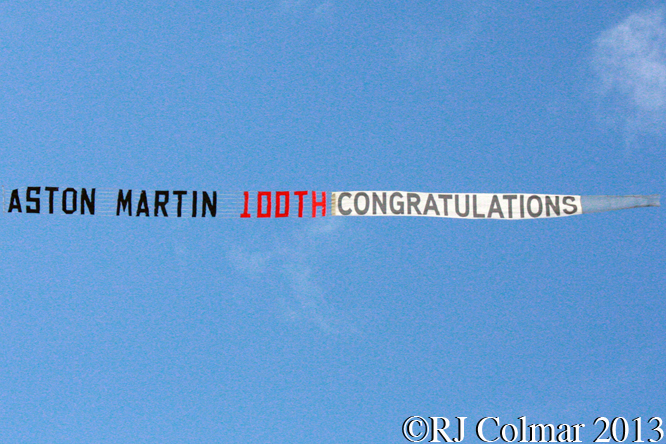
A timely reminder of Aston Martin‘s centenary year appeared just before the start of the race, expect to see some more Aston Martin blogs in the months ahead.
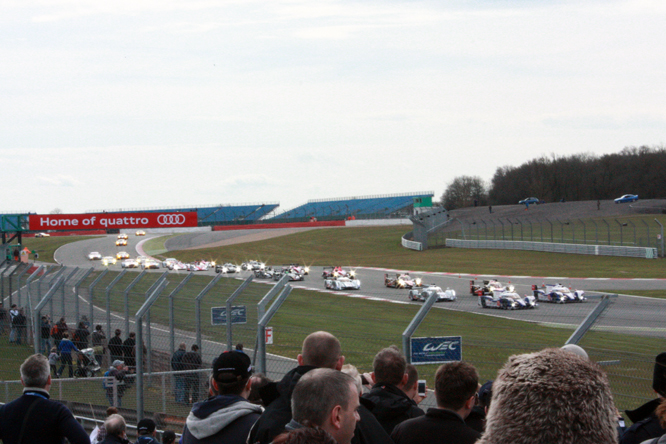
31, of an expected entry of 33, cars took the start of the 6 Hours of Silverstone race the front row was locked out by Toyota TS030 Hybrids with Alexander Wurz starting on pole in the #7 car. The Audi R18 e-Tron quattro‘s of Tom Kristensen and André Lotterer started line astern in 3rd and 5th places flanked by the Lola Toyota B12/60 Coupé’s of Nicolas Prost and Matthias Beche.
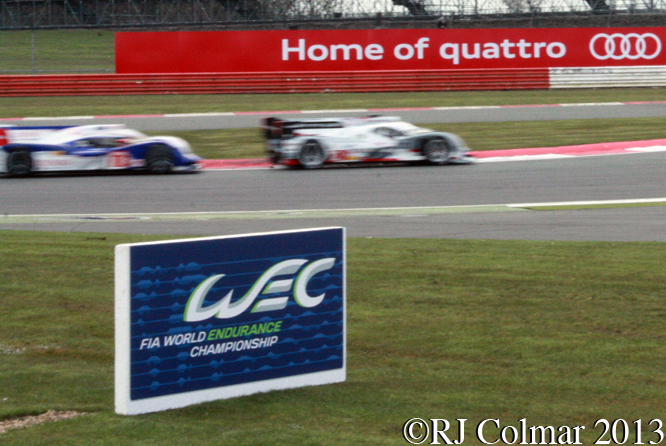
Toyota’s moment of glory proved to be short lived as Kristensen relieved Wurz of the lead going into Vale after only a hand full of laps, the sister Audi also made short work of both Toyota’s and soon settled into second place.
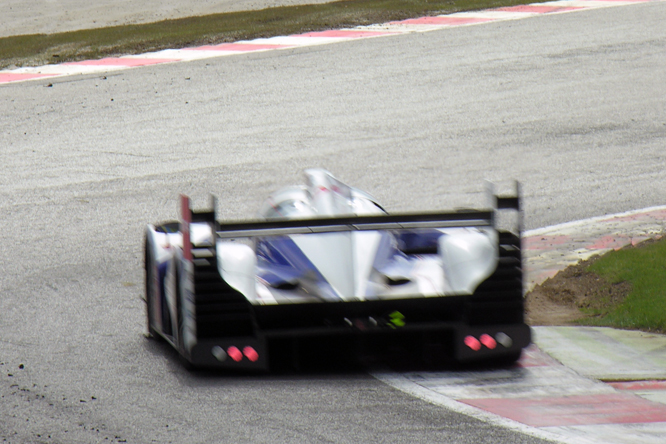
While the Audi’s sailed into the distance the Toyota’s which looked great in the corners like Maggotts above were visibly unstable on the straights when compared to the overall leaders.
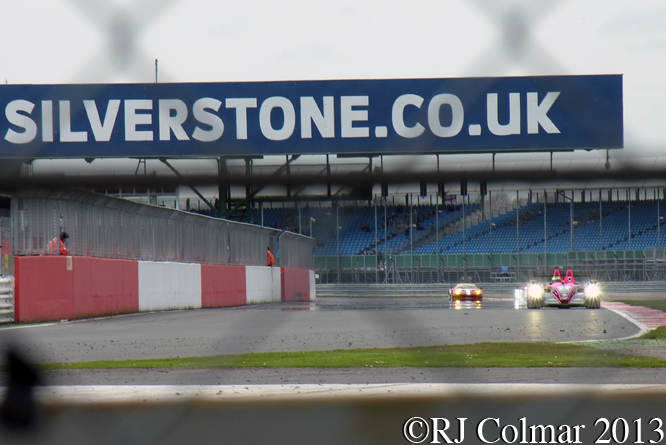
While I was spectating at the end of, the original now ‘National’ pits straight, I remembered that it was 35 years since I had first attended the Silverstone 6 hours and seen the awesome Porsche 935/78 “Moby Dick” win by a comfortable 7 laps. Above Oliver Pla guides the #24 OAK Racing Morgan Nissan he shared with David Heinemeier Hanson and Alex Brundle to an eight place overall finish, 2nd in class.
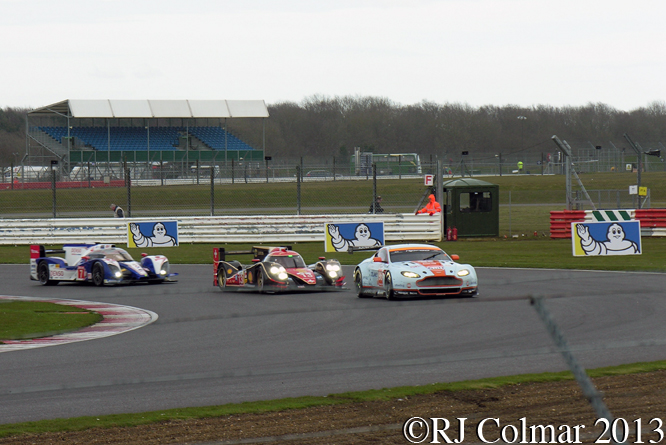
Aston Martin fielded four Vantage V8’s two in the LMGTE Pro class and two in the LMGTE Am class all four cars finished with the #97 of Darren Turner, Stefan Mücke and Bruno Senna winning the Pro class and #95 of Christoffer Nygaard, Kristian Poulsen and Allan Simonsen winning the Am class. Above the Am class #96 of Roald Goethe, Stuart Hall and Jamie Campbell-Walter leads the Rebellion Racing #13 Lola Toyota B12/60 Coupé of Andrea Belicchi, Mathias Beche and Cong Fu Cheng, which finished 6th overall and the 4th place finishing #7 Toyota of Wurz and Nicolas Lapierre through a slippery Luffield as light rain that caught out a couple of competitors was falling.
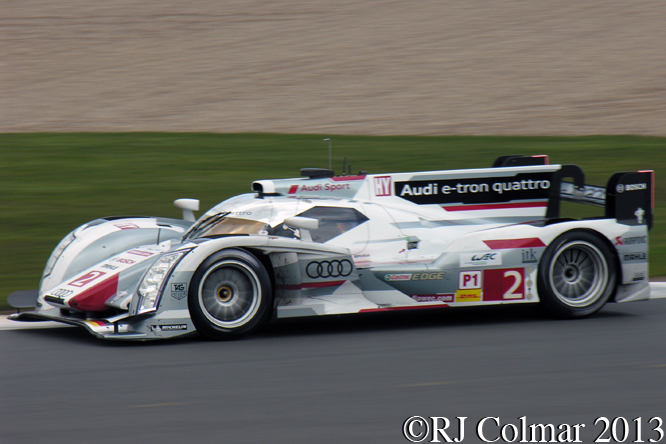
Loic Duval, seen above at Club, drove the winning Audi through the middle of the race swapping the lead with the sister Audi as the pit stops cycled through.
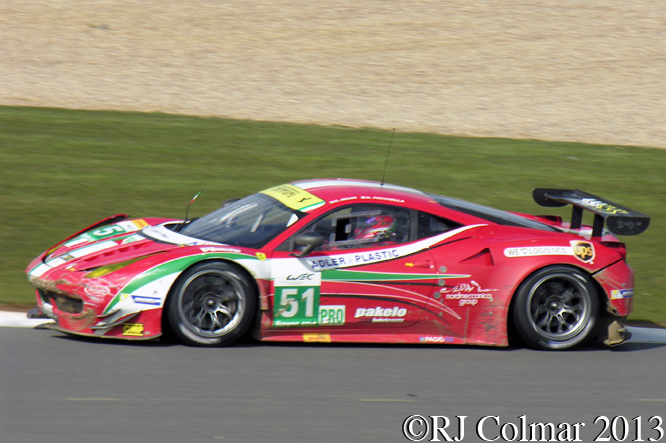
The LMGTE class Ferrari 348 Italia’s all appeared to get involved in incidents of one kind or another the AF Corse #51 Pro entry for former Formula One Drivers Gianmaria Bruni and Giancarlo Fisichella carries war wounds on it’s way to an 18th place finish overall, 5th in class.
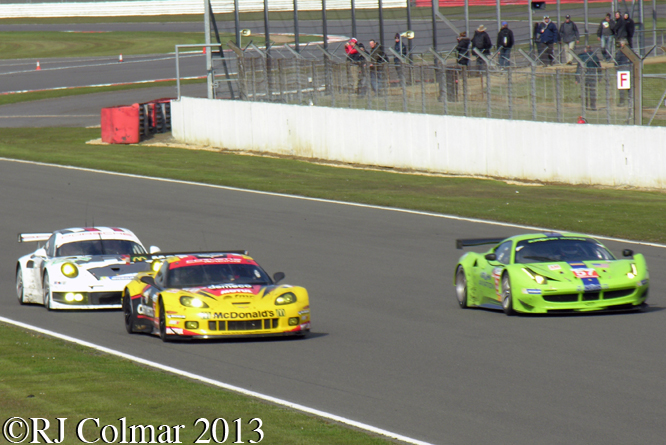
The appeal of Endurance racing is that somewhere there is always a battle over tarmac above the 6th in class #57 LMGTE Am Krohn Racing Ferrari of Tracey Krohn, Nicoläs Johnson and Maurizio Mediani dukes it out going on to the hangar straight with the 2nd in class LMGTE AM class Labre Compétition Chevrolet Corvette C6-ZR1 of Patrick Bornhauser, Julien Canal and Fernando Rees with the 3rd in class LMGTE Pro works Porsche AG Team Manthey Porsche 911 RSR of Marc Lieb, Richard Lietz and Domain Dumas in hot pursuit.
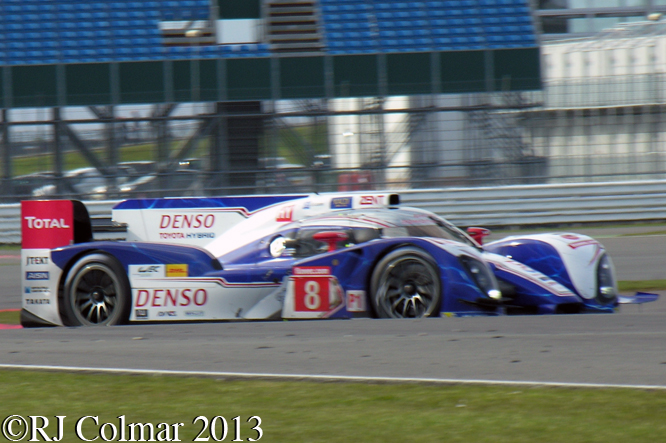
Like the works Porsche AG Manthey team cars the works Toyota and Audi entries finished in reverse order the #8 Toyota of Anthony Davidson, Sébastian Buemi and Stéphane Sarrazin leading the #7 Toyota home to 3rd and 4th place finishes respectively. Sarrazin is seen above negotiating the Loop.
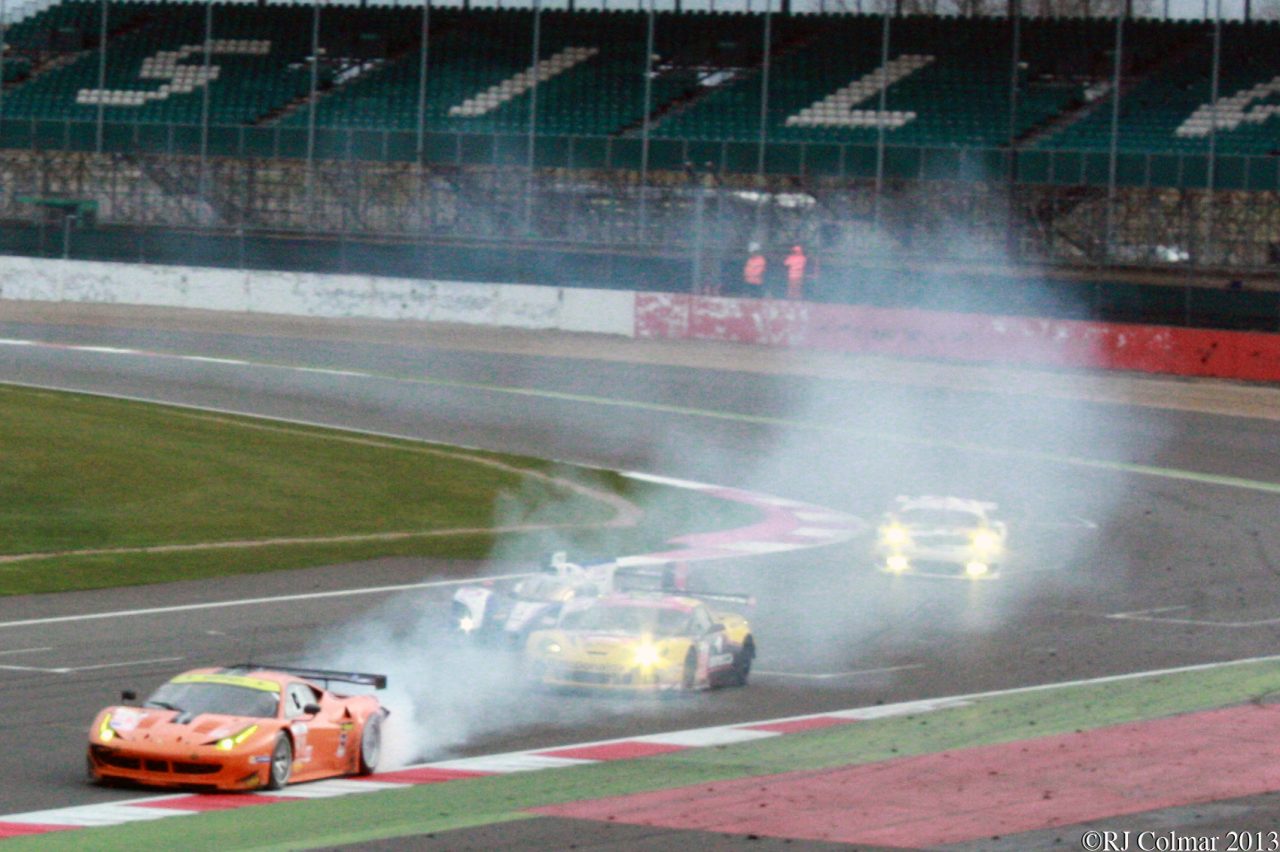
There was drama right through the field right up until the end with only 5 mins to go a tyre on the 8 Stars Motorsports LMGTE Am #81 Ferrari 458 Italia of Vicente Potolicchio, Rui Aguas and Philip Peter let go demoting it to a 3rd in class finish on it’s WEC debut, behind the following #50 Corvette above, despite having earlier had to stop to replace a door.
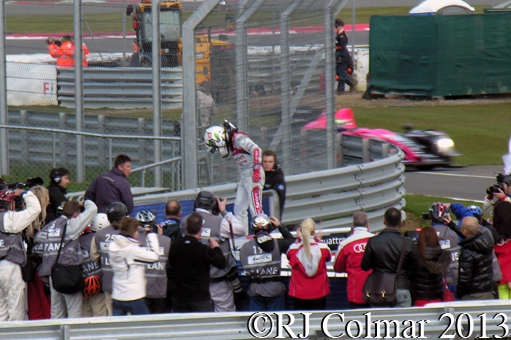
The #1 Audi of reigning world endurance champions Lotterer, Benoit Treluyer and Marcel Fässler was leading with 5 mins to go when a front drive shaft broke which allowed team mate Allan McNish to nip through and take a three second victory over the now two wheel drive #1 both Audi’s finishing a lap ahead of the #8 and #7 Toyota’s. McNish is seen above taking a bow after finishing the race. Full results for the 6 Hours of Silverstone can be found on this link.
All in all £40 including official programme well spent on 6 hours of nonstop action with an 8 mile walk in and around the track thrown in. Next time I must remember to take more batteries for my trusty AM/FM Sony Walkman Compact Cassette player with which to stay in touch with the on track action via Radio Silverstone.
Thanks for joining me on this “Zwei Eins” edition of “Gettin’ a li’l psycho on tyres” I hope you will join me again tomorrow. Don’t forget to come back now !
